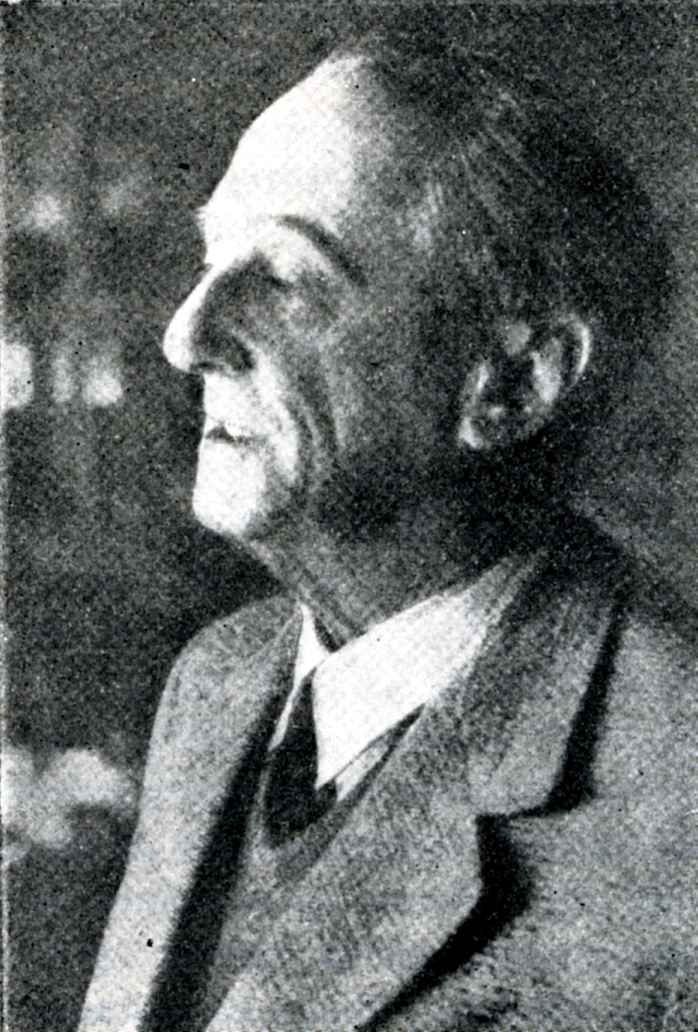- Hugo Steinhaus
Infobox_Scientist
name = Hugo Steinhaus

image_width = 300px
caption = Hugo Steinhaus (1968)
birth_date = birth date|1887|1|14|mf=y
birth_place =Jasło (today in Poland),Austria-Hungary
death_date = death date and age|1972|2|25|1887|1|14|mf=y
death_place =Wrocław ,Poland
residence =
nationality =
field =Mathematician and mathematics populariser
work_institutions =Lwów University Wrocław University University of Notre Dame University of Sussex
alma_mater =Lwów University Göttingen University
doctoral_advisor =David Hilbert
doctoral_students =Stefan Banach Mark Kac Juliusz Schauder Stanisław Trybula Władysław Orlicz
known_for =Banach-Steinhaus theorem One-seventh area triangle
prizes =
religion =Władysław Hugo Dionizy Steinhaus (
January 14 ,1887 –February 25 ,1972 ) was a Polishmathematician andeducator .Life
Steinhaus was born in
Jasło ,Austria-Hungary (now in Poland) to aJewish family, and received his Ph.D. fromGöttingen University .He was a professor at the Universities of Lwów (1920–41) and Wrocław (1945–61), theUniversity of Notre Dame (Indiana , USA, 1961–62), and theUniversity of Sussex (1966), and a corresponding member of "PAU" (thePolish Academy of Learning ) from 1945 and "PAN" (thePolish Academy of Sciences ) from 1952, and of many international scientific societies and science academies.He co-founded the
Lwów School of Mathematics and authored over 170 works inmathematical analysis ,probability theory andstatistics .His doctoral thesis was completed under the supervision of
David Hilbert .He described
mathematics as a "science of nonexistent things."Chief works
*"Czym jest, a czym nie jest matematyka" (What Mathematics Is, and What It Is Not, 1923).
*"Theorie der Orthogonalreihen" (withStefan Kaczmarz , 1935).
*"Kalejdoskop matematyczny" (A Mathematical Kaleidoscope, 1938).
*"Mathematical Snapshots" (1939).
*"Taksonomia wrocławska" (A Wroclaw Taxonomy; with others, 1951).
*"Sur la liaison et la division des points d'un ensemble fini" (with others, 1951).
*"Sto zadań" (A Hundred Problems, 1958).
*"One Hundred Problems In Elementary Mathematics" (1964).
*"Orzeł czy reszka" (Heads or Tails, 1961).
*"Słownik racjonalny" (A Rational Dictionary, 1980).He founded "
Studia Mathematica " withStefan Banach (1929), and "Zastosowania matematyki" (Applications of Mathematics, 1953).ee also
*
puzzle s
*Steinhaus polygon notation
*Banach–Steinhaus theorem
*Freiling's axiom of symmetry References
*
Kazimierz Kuratowski , "A Half Century of Polish Mathematics: Remembrances and Reflections", Oxford,Pergamon Press , 1980, ISBN 0-08-023046-6, pp. 173–79 "et passim".
* Hugo Steinhaus, "Mathematical Snapshots", second edition, Oxford, 1951,blurb .External links
*
*
Wikimedia Foundation. 2010.
